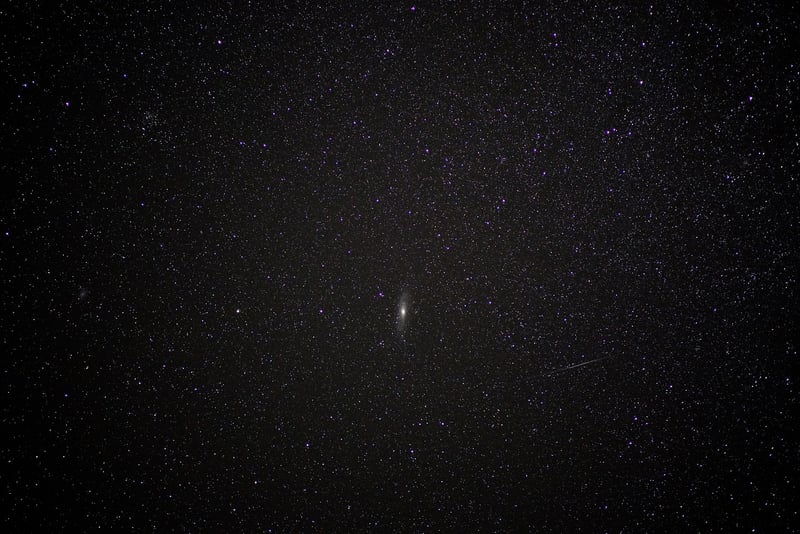Star Clusters
The Wonders of Distant Celestial Objects and Star Clusters
Exploring the vast universe beyond our planet is a fascinating journey into the unknown. Distant celestial objects and star clusters captivate astronomers and stargazers alike with their beauty and mystery. Let's delve into the enchanting realm of these cosmic wonders.
Distant Celestial Objects
From distant galaxies to nebulae and quasars, the universe is teeming with awe-inspiring celestial objects. These objects, located light-years away from Earth, offer a glimpse into the vastness and complexity of space. Observing these distant entities through powerful telescopes reveals their mesmerizing beauty and scientific significance.
Galaxies
Galaxies are immense systems comprising stars, planets, gas, dust, and dark matter bound together by gravity. The Milky Way, our home galaxy, is just one of billions of galaxies in the observable universe. Each galaxy is a unique tapestry of stellar formations, showcasing the diversity of cosmic landscapes.
Nebulae
Nebulae are clouds of gas and dust where new stars are born. These colorful cosmic clouds, illuminated by nearby stars, create stunning visual displays in space. The Orion Nebula, for example, is a well-known stellar nursery located in our galaxy, showcasing the birth of new stars amidst glowing gas and dust.
Quasars
Quasars are incredibly bright and distant objects powered by supermassive black holes at the centers of galaxies. Emitting intense radiation, quasars serve as beacons across cosmic distances, illuminating the early universe's active and energetic processes. Studying quasars provides valuable insights into the evolution of galaxies and the universe itself.
Star Clusters
Star clusters are gatherings of stars bound together by gravity, ranging from compact clusters to sprawling associations. These clusters offer a glimpse into the stellar lifecycle and the dynamics of stellar communities. Let's explore two main types of star clusters:
Open Clusters
Open clusters are loose groupings of stars, often containing young stellar members. These clusters are found in the spiral arms of galaxies like the Milky Way. The Pleiades, also known as the Seven Sisters, is a prominent open cluster visible to the naked eye and a favorite target for amateur astronomers.
Globular Clusters
Globular clusters are spherical collections of stars orbiting galaxies in a halo-like fashion. These ancient clusters contain hundreds of thousands to millions of stars densely packed together. M13, the Great Globular Cluster in Hercules, is a well-known example visible in the northern hemisphere during the summer months.

As we gaze upon these distant celestial objects and intricate star clusters, we are reminded of the sheer vastness and beauty of the cosmos. Each twinkling star and glowing nebula tells a story of cosmic evolution, inviting us to ponder the mysteries of the universe beyond.
Embark on your own cosmic journey and explore the wonders of distant celestial objects and star clusters, unlocking the secrets of the universe one star at a time.
